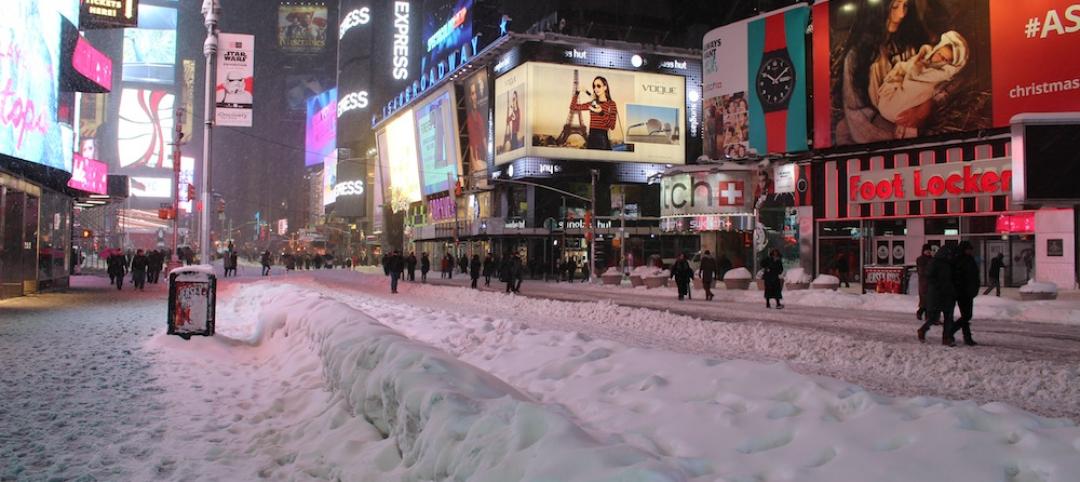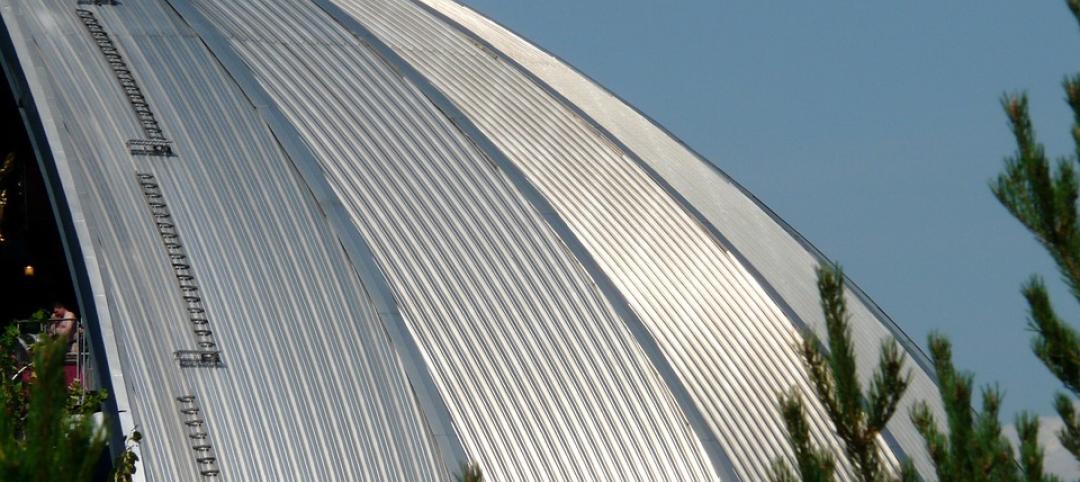The new International Building Code now allows for the use of weather-resistive barriers above 40 feet high.
Code restrictions had been designed to limit the use of combustible materials that might propagate flames. In the 2015 update, however, exceptions are allowed that recognize that in certain circumstances a weather-resistive barrier by itself would be a negligible contributor to the spread of flames.
This change should result in an energy efficiency boost in cases where builders have had to transition to less efficient methods of weather sealing above 40 feet. Weather-resistive barriers are now allowed in walls in which the water-resistive barrier is the only combustible component and the exterior wall has a fire-resistant wall covering of brick, concrete, stone, terracotta, stucco, or steel.
The material can also be used in walls in which the water-resistive barrier is the only combustible component and the water-resistive barrier has certain heat, flame spread, and smoke properties in accordance with ASTM E 1354 and ASTM E84 or UL723.
Related Stories
Codes and Standards | Feb 12, 2016
Huge fraud case involving alleged engineering impostors uncovered in California
Hundreds of buildings may have to be demolished.
Codes and Standards | Feb 11, 2016
New York governor makes emergency design-build authorization
The declaration was issued in response to Winter Storm Jonas which dumped over 18 inches of snow in parts of the state.
Green | Jan 29, 2016
USGBC names top 10 states for LEED green building
Illinois leads the list for the third straight year.
Codes and Standards | Jan 25, 2016
Dept. of Energy releases decision guides for plug and process loads
Plug and process loads consume about 30% of the primary energy in U.S. commercial buildings today.
Codes and Standards | Jan 22, 2016
ConsensusDocs releases new multi-party IPD agreement and joining agreement
The documents serve as a comprehensive revision of previous IPD agreement
Codes and Standards | Jan 22, 2016
State Savings Calculator analyzes savings associated with energy codes
The calculator breaks down the cost-effectiveness of energy codes on a state-by-state basis.
Codes and Standards | Jan 22, 2016
Metal Roofing Seaming Guide published by Metal Construction Association
The free document is specifically tailored for metal roof installation.
Codes and Standards | Jan 22, 2016
Treasury Dept. will start crackdown on illicit money in luxury real estate
The move is expected to impact high-end condo development.
Resiliency | Jan 13, 2016
LEED credits on resiliency expected to influence future of building design
Post-disaster survivability is a key goal.
Codes and Standards | Jan 12, 2016
Batteries are the next step in raising sustainability standards
Battery technology will reduce electricity costs and promote a more stable, flexible grid.

















